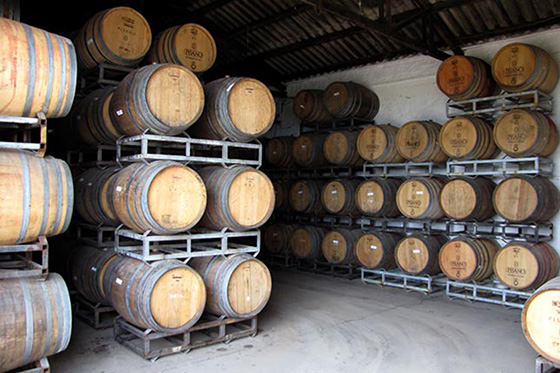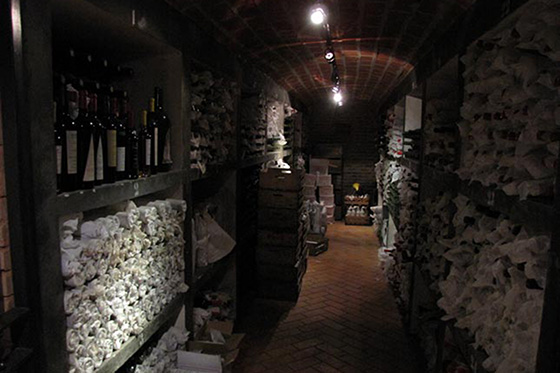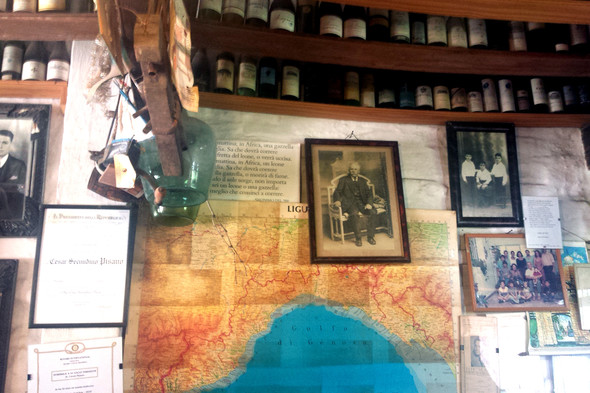Located in the Progreso region, close to the Rio de la Playa, which separates Uruguay from its neighbour Argentina, and thus cooled by air from the Atlantic, the Pisano Family Vineyards and Cellars is one of the most prestigious in the region, a combination of tradition and innovation. Their winery equipment reflects their philosophy of simplicity rather than excess sophistication and they try to keep everything as natural as possible. They are 99% organic, but don’t make any claims about it. They craft high-quality wines with a distinctive Uruguayan character, crushed only from their own grapes. Of their 30 hectares of vines, 20 hectares are planted with Tannat, which is being harvested as we visit; the air in the winery thick with its sticky sweetness. This year the grapes are such good quality that they will only be selecting out leaves on the sorting table.
A typical Uruguayan small family vigneron, they do most of the work within the family. Daniel Pisano, says laughingly ‘we’re already exploiting the children. Gabriel’s son, Luca, two years old, is already working in the vineyards!’ ‘It’s all family here’, he adds, ‘If it’s not family, then we adopt.’

The family emigrated from Liguria in north-west Italy and the Uruguayan part of their history began with the arrival in 1870 of Daniel, Gustavo and Eduardo’s great-grandfather, Francesco Pisano, followed in 1914 by his son. They got cuttings from Rioja, before it was forbidden, bringing them across the border themselves and planting them. At that time it was still legal. They were the only non-Argentineans who smuggled Torrontés cuttings from Argentina. They planted vineyards before WWI, but only ordered barrels in 1924 and started making wine. They keep a library of wines dating back to 1942, the first vintage that his father bottled. They planted Italian vines but also observed what their neighbours were doing. Most vines in Uruguay came with the Italian settlers, who produced wine for their families. Peasant smallholdings were norm. Thirty years ago, wine consumption was for poor people; richer people drank wine less frequently and then only from France or Chile.

We taste a range of their wines in the family grill room, its walls and shelves lined with old photos, maps, wine bottles, and other mementos and knickknacks. Many styles of Tannat, including a sparkler and a fortified late-harvest passito, of which Daniel says, ‘Is this wine organic? No, it’s organsmic!’ We also try the Torrontés, Pinot Noir and Petit Verdot. Daniel mentions that only 4-5 wineries in Uruguay have Petit Verdot and likewise with Pinot Noir, in places where there are soils similar to Burgundy. Incidentally, they also use Burgundian barrels. Could they be considered the Burgundy of South America, he asks?

The modern winery started very small, but has won plenty of awards. Daniel points out that they are quite young with the production of quality wines compared to their neighbours and have even reduced their production in order to improve quality. Their production may be relatively small, but much of it is exported. They supply to 45 countries around the world, including the Wine Society in the UK.
They clearly derive great contentment from their work. Pedro, Daniel’s son reflects as they watch the sun come up together, ‘Daddy, we’re privileged aren’t we?’






